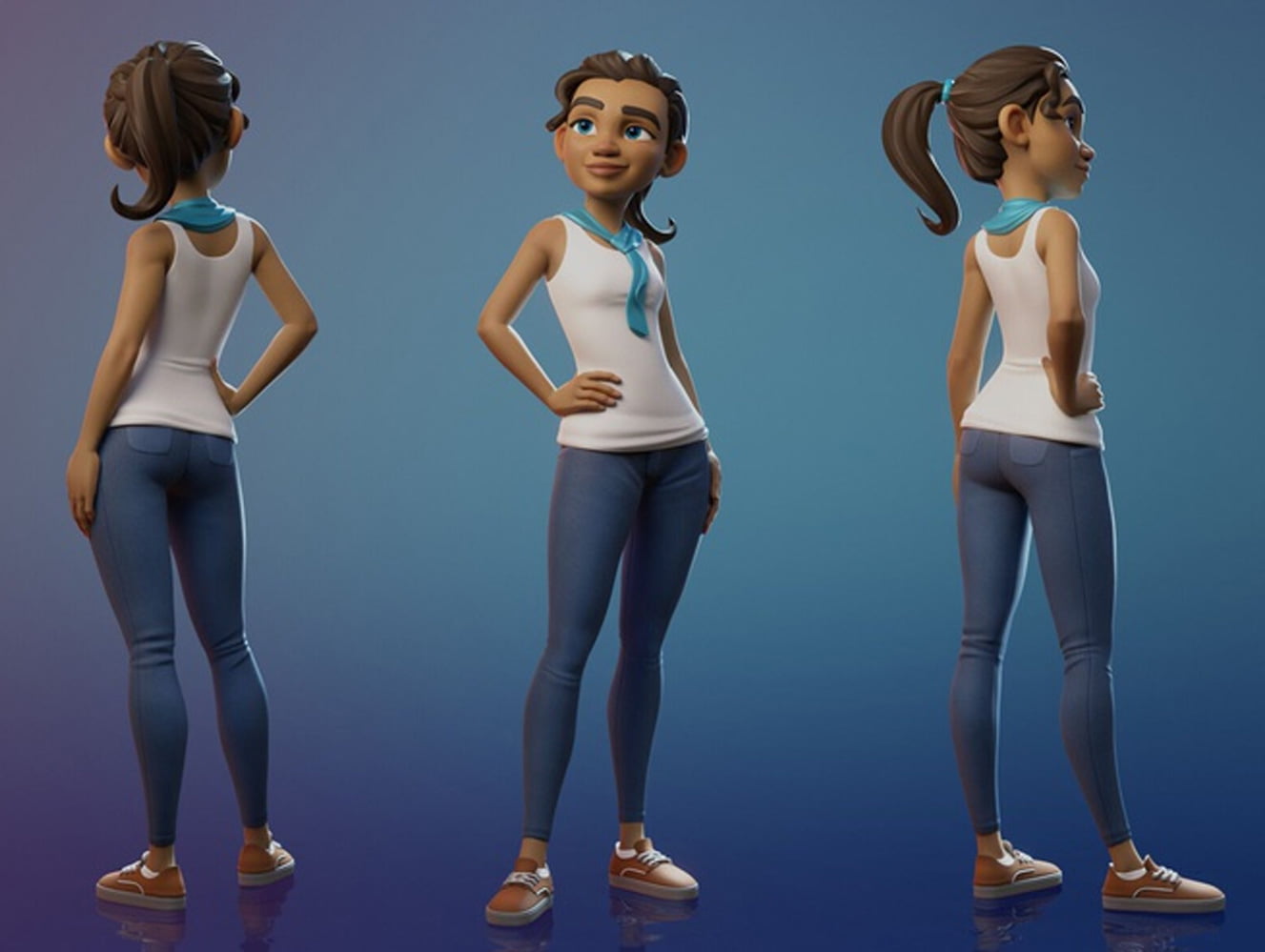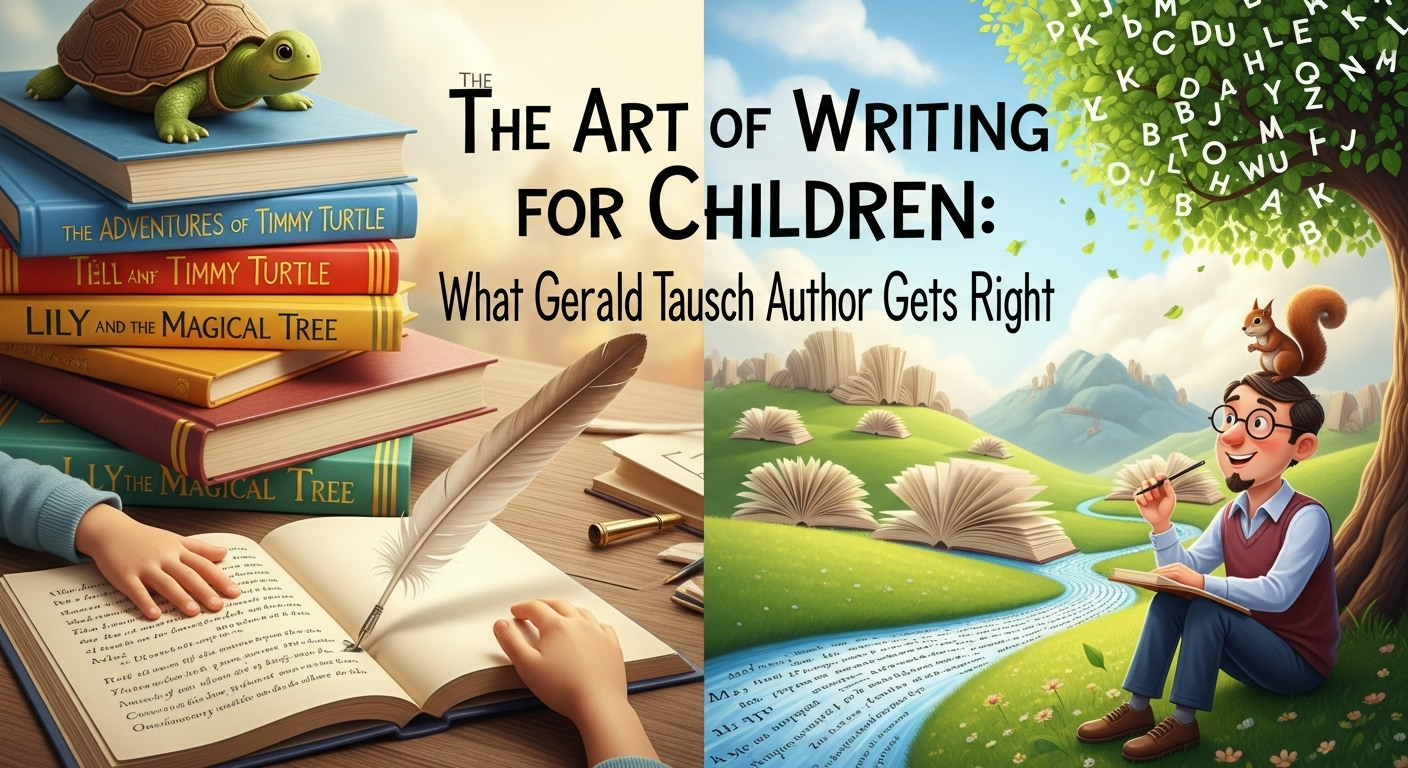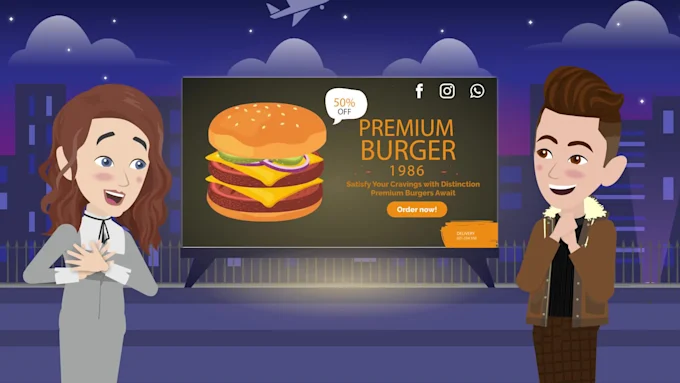Animation has come a long way from the hand-drawn sketches of the early 20th century to the photorealistic 3D models we see today. Whether it’s for movies, advertisements, games, or educational content, animation has always evolved alongside technology and audience preferences.
In recent years, the discussion around 2D vs 3D animation has become even more relevant. While some businesses and creators lean toward the simplicity and affordability of 2D, others invest in the depth and realism of 3D. But the future of animation is not about choosing one over the other — it’s about blending both worlds to create fresh, dynamic, and engaging content.
This article explores the strengths of 2D and 3D animation, the rise of hybrid animation styles, and why this blended future is particularly exciting for businesses using formats like the Explainer video.
What Makes 2D Animation Unique?
2D animation is the classic style most of us grew up watching in cartoons, advertisements, and even early computer games. It relies on two-dimensional graphics, focusing on height and width without depth.
Advantages of 2D Animation:
- Affordability – Producing a 2D animated explainer video costs significantly less than 3D, making it ideal for startups and small businesses.
- Quick Production – With fewer complexities, 2D projects have shorter turnaround times.
- Stylized Communication – Perfect for simplifying abstract or complex ideas.
- Flexibility of Styles – Can be cartoonish, professional, playful, or corporate depending on your brand.
This versatility is exactly why 2D animation still dominates marketing campaigns, educational content, and corporate storytelling.
The Power of 3D Animation
3D animation, on the other hand, adds depth to the visuals. It simulates real-world physics, lighting, and textures, making characters and objects appear more lifelike.
Advantages of 3D Animation:
- Realism and Immersion – Great for industries like architecture, medicine, and gaming.
- High Engagement – Audiences are more likely to stay hooked to realistic visuals.
- Premium Branding – A polished 3D animation can elevate a brand’s image.
- Versatility – From films to product simulations, 3D adapts to multiple industries.
While powerful, 3D is generally more expensive and time-consuming, which is why not every brand adopts it for regular campaigns.
2D vs 3D: The Ongoing Debate
When businesses look for an animation style for their marketing, they often face the 2D vs 3D dilemma.
- If the goal is simplicity, cost-effectiveness, and quick results, 2D is the winner.
- If the goal is realism, depth, and high-end branding, 3D stands out.
But what if you don’t have to choose? That’s where hybrid animation steps in.
Blending 2D and 3D: The Future of Animation
The future of animation lies in the fusion of 2D and 3D techniques, creating a unique style that captures the best of both worlds. We’re already seeing this blend in popular films, advertisements, and marketing campaigns.
Why Blend 2D and 3D?
- Visual Innovation – Hybrid animation looks fresh and instantly grabs attention.
- Better Storytelling – Combining depth (3D) with illustrative clarity (2D) enhances narratives.
- Brand Differentiation – A unique style sets your business apart from competitors.
- Engagement – Mixed-media visuals keep audiences curious and entertained.
Real-World Examples of Hybrid Animation
- Movies – Films like Spider-Man: Into the Spider-Verse creatively combined 2D effects with 3D modeling, giving audiences a never-before-seen style.
- Advertising – Brands now use 2D characters interacting with 3D products to showcase realism while maintaining simplicity.
- Explainer Videos – Many businesses prefer hybrid animations for explainer videos, blending 2D characters with 3D product renderings to keep things relatable yet professional.
Why Hybrid Animation is Perfect for Explainer Videos
An Explainer video is designed to break down complex information into engaging, easy-to-understand content. This makes it one of the most powerful tools for businesses, startups, and educators. By blending 2D and 3D animation, explainer videos become even more impactful.
Benefits of Hybrid Explainer Videos:
- 2D Characters + 3D Products – Relatable 2D characters explain the story, while 3D models showcase the product in realistic detail.
- Clarity Meets Engagement – 2D provides simplicity, while 3D adds depth and polish.
- Versatile Appeal – Works for both casual audiences and industries requiring realism.
This balance makes the 2D animated explainer video a future-ready choice that can easily evolve into hybrid formats as needed.
The Role of Technology in Animation’s Future
The rise of hybrid animation is powered by technological advances:
- AI in Animation – Automating in-between frames, lip-syncing, and motion tracking.
- Cloud Collaboration – Teams worldwide can now work seamlessly on complex projects.
- Real-Time Rendering – Faster previews make blending 2D and 3D smoother than ever.
- Interactive Animation – Viewers can engage with explainer videos in interactive formats.
These innovations mean that blending 2D and 3D is becoming more accessible, even for small businesses.
How to Choose the Right Style for Your Project
When deciding between 2D, 3D, or hybrid animation, ask yourself:
- What’s my budget?
- Limited budget → Start with 2D.
- Flexible budget → Explore 3D or hybrid.
- What’s my message?
- Simplifying processes → 2D is usually enough.
- Showcasing real-world products → 3D adds value.
- Who’s my audience?
- General, broad audience → 2D connects quickly.
- Niche, technical audience → 3D or hybrid works better.
- What’s my timeline?
- Short deadlines → 2D saves time.
- Longer timelines → Consider blending 2D and 3D for more impact.
Why Businesses Should Embrace Hybrid Animation
The future isn’t about choosing 2D vs 3D. It’s about embracing both to unlock new creative possibilities. By combining the affordability and storytelling power of 2D with the depth and realism of 3D, businesses can:
- Deliver more engaging marketing campaigns.
- Stand out from competitors with fresh visuals.
- Improve ROI on explainer videos.
- Adapt to evolving audience expectations.
For marketers and startups, a 2D animated explainer video is the perfect starting point — and from there, blending 3D elements can take their content to the next level.
Final Thoughts
The animation industry is evolving, and the future is not about a winner between 2D and 3D — it’s about blending the two worlds. While 2D offers clarity, affordability, and quick production, 3D brings realism, immersion, and modern appeal. Together, they create hybrid animations that are fresh, innovative, and perfect for businesses aiming to stand out.
For brands and creators, the journey often begins with a simple Explainer video — and as animation technology continues to evolve, the opportunity to blend 2D and 3D worlds will redefine how stories are told, products are marketed, and audiences are engaged.
In short, the future of animation is not 2D or 3D. It’s 2D and 3D together.





